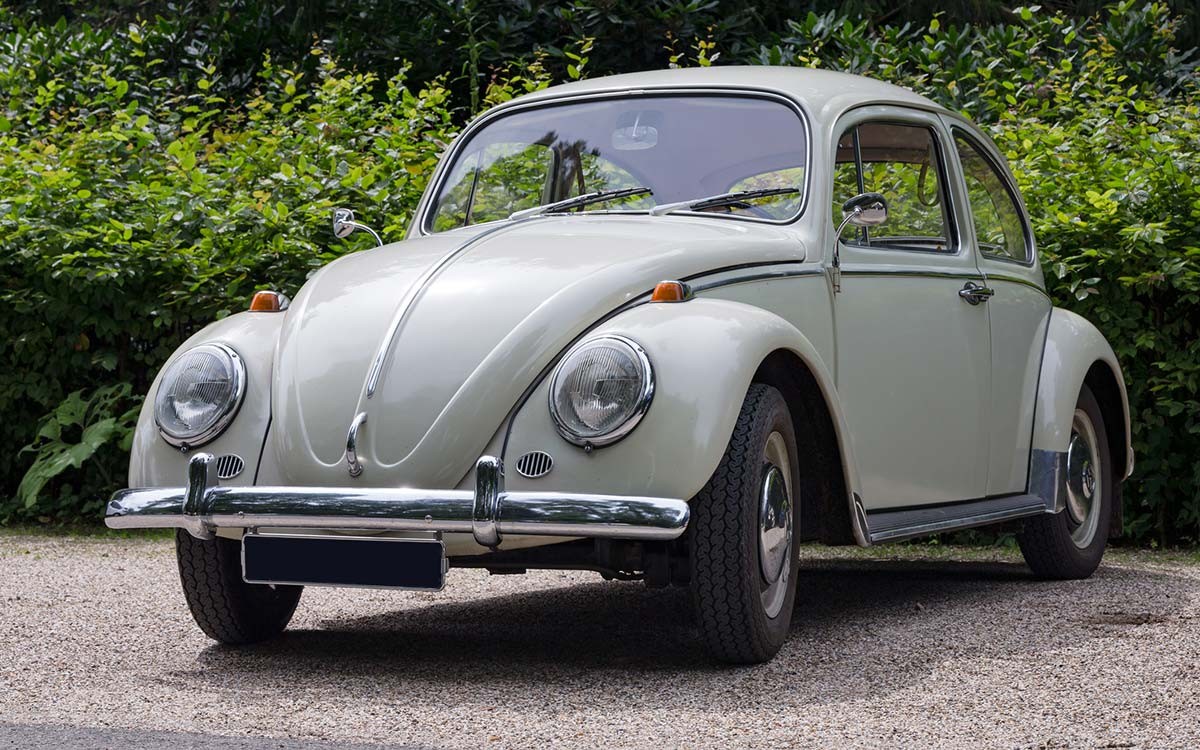The automotive industry has consistently evolved, with each decade bringing forth innovations and vehicles that capture the spirit of their time. While the 1950s are celebrated for their chrome-laden cruisers, the 1960s emerged as a decade of distinctive designs, powerful performance, and cultural milestones in automobile history. This era gave birth to some of the most recognizable and sought-after automobiles, influencing car enthusiasts and design trends for generations to come.
1967 Shelby GT500
The 1960s muscle car movement redefined automotive aesthetics and performance, and the 1967 Shelby GT500, a brainchild of the legendary Carroll Shelby, stands as a prime example. This Ford Mustang variant wasn’t just a car; it was a statement. Powered by a robust V8 engine producing 355 horsepower, the GT500 quickly cemented its status as an all-time great American automobile. Its aggressive styling and formidable power made it an instant icon.
The original 1967 Shelby Mustang GT500 holds the distinction of being the first in the celebrated GT500 series. Pop culture further amplified its legendary status when a GT500, nicknamed “Eleanor,” starred in the movie Gone in 60 Seconds (2000), adding to its allure. Reflecting its desirability and rarity, a GT500 fetched nearly half a million dollars at a Barrett-Jackson auction, underscoring its value among collectors.
1964 Aston Martin DB5
 Silver Aston Martin DB5
Silver Aston Martin DB5
For many, the Aston Martin DB5 epitomizes automotive elegance and British sophistication of the 1960s. Its timeless design and association with James Bond have elevated it to an almost mythical status. While the production models lacked the fictional spy gadgets like machine guns and ejector seats, the DB5 was a marvel in its own right, offering a blend of luxury and performance.
Beneath its sleek exterior, the DB5 housed a 4-liter engine generating 282 horsepower, enabling it to accelerate from 0 to 60 mph in a brisk 8.1 seconds – impressive for its time. James Bond’s first DB5 appearance in Goldfinger (1964) catapulted the car to global fame. The film production even required a second DB5 for action sequences due to the added weight of the spy modifications on the primary car, highlighting its central role in cinematic history.
1961 Lincoln Continental
While tragically linked to President Kennedy’s assassination, the 1961 Lincoln Continental deserves recognition as a significant luxury vehicle of the decade. This Continental marked a turning point for Lincoln, becoming an emblem of American luxury and design innovation.
The 1961 Continental boasted a powerful V8 engine producing 300 horsepower and could reach a top speed of 120 mph. It introduced features that became hallmarks of luxury cars, such as a padded dashboard, a distinctive Continental spare tire kit, and a sophisticated retractable rear window. The Continental is credited with revitalizing Lincoln’s brand image and is often hailed as one of America’s greatest automotive achievements. President Kennedy’s use of the 1961 Lincoln Continental in parades and motorcades, codenamed “X-100” by the Secret Service, further cemented its place in history. His vehicle included unique customizations like a hydraulic rear seat, steps for Secret Service agents, and advanced communication systems, reflecting its presidential significance.
1964 Ford GT40
The Ford GT40 is more than just a car; it’s a symbol of American engineering prowess conquering the world of motorsports. Its unprecedented four consecutive victories at the 24 Hours of Le Mans (1966-1969) solidified its place as one of the most successful racing cars ever created. This triumph, famously depicted in the movie Ford v Ferrari (2019), marked Ford’s triumphant return to European racing dominance after decades.
Despite its racing pedigree, very few GT40s were built for public roads, making them highly coveted collector’s items for automotive aficionados. Depending on tuning, the Ford GT40 could unleash up to 485 horsepower and accelerate from 0 to 60 mph in a mere 4.2 seconds, reaching a top speed of 210 mph. Initially prototyped and manufactured in the UK, the GT40 project evolved, with the later Mk IV model being entirely designed and built in the United States. Legendary driver and designer Bruce McLaren played a crucial role in its development as the first test driver of the GT40.
1964 Pontiac GTO
The 1964 Pontiac GTO is widely regarded as the original muscle car, setting the template for high-performance, mass-produced vehicles. Despite Pontiac’s marketing it as a “fun-to-drive family car,” the GTO was anything but ordinary. It packed a potent 6.4L V8 engine capable of producing up to 348 horsepower, channeled through a dual exhaust system, and could sprint to 60 mph in under 6 seconds.
The GTO’s impact was immediately recognized when it won Motor Trend’s Car of the Year Award in 1965. It went on to become one of the best-selling cars of its era, proving the immense appeal of muscle cars to the American public. Produced by Pontiac from 1963 to 1974, the 1964 GTO exceeded all expectations. Initially projected to sell only 5,000 units, it sold over 32,000, demonstrating its groundbreaking success and influence on the automotive market.
Volkswagen Beetle
 Classic white Volkswagen Beetle
Classic white Volkswagen Beetle
Few cars are as universally recognizable as the Volkswagen Beetle. Originally conceived for the German army before World War II, the Beetle transcended its military origins to become a global cultural icon, celebrated for its distinctive shape and widespread accessibility. The original Beetle design boasts the title of the longest-running and most-produced car design in history, with over 21 million units manufactured between 1938 and 2003.
The first Beetles rolled off production lines in 1938. Surging popularity in the United States during the 1960s prompted Volkswagen to establish its first North American manufacturing facility to meet the growing demand. The car’s endearing “Beetle” moniker was popularized by a New York Times article, solidifying its informal yet iconic name. The final original VW Beetle, the 21,529,464th produced, was manufactured in Puebla, Mexico, in 2013 and is now preserved at the AutoMuseum Volkswagen in Wolfsburg, Germany, marking the end of an era for this globally loved automobile.
The 1960s were a transformative decade for automobiles, marked by innovation, style, and performance that continues to captivate car enthusiasts today. From powerful muscle cars to sophisticated luxury vehicles and globally beloved compacts, the popular automobiles of the 1960s left an indelible mark on automotive history.
